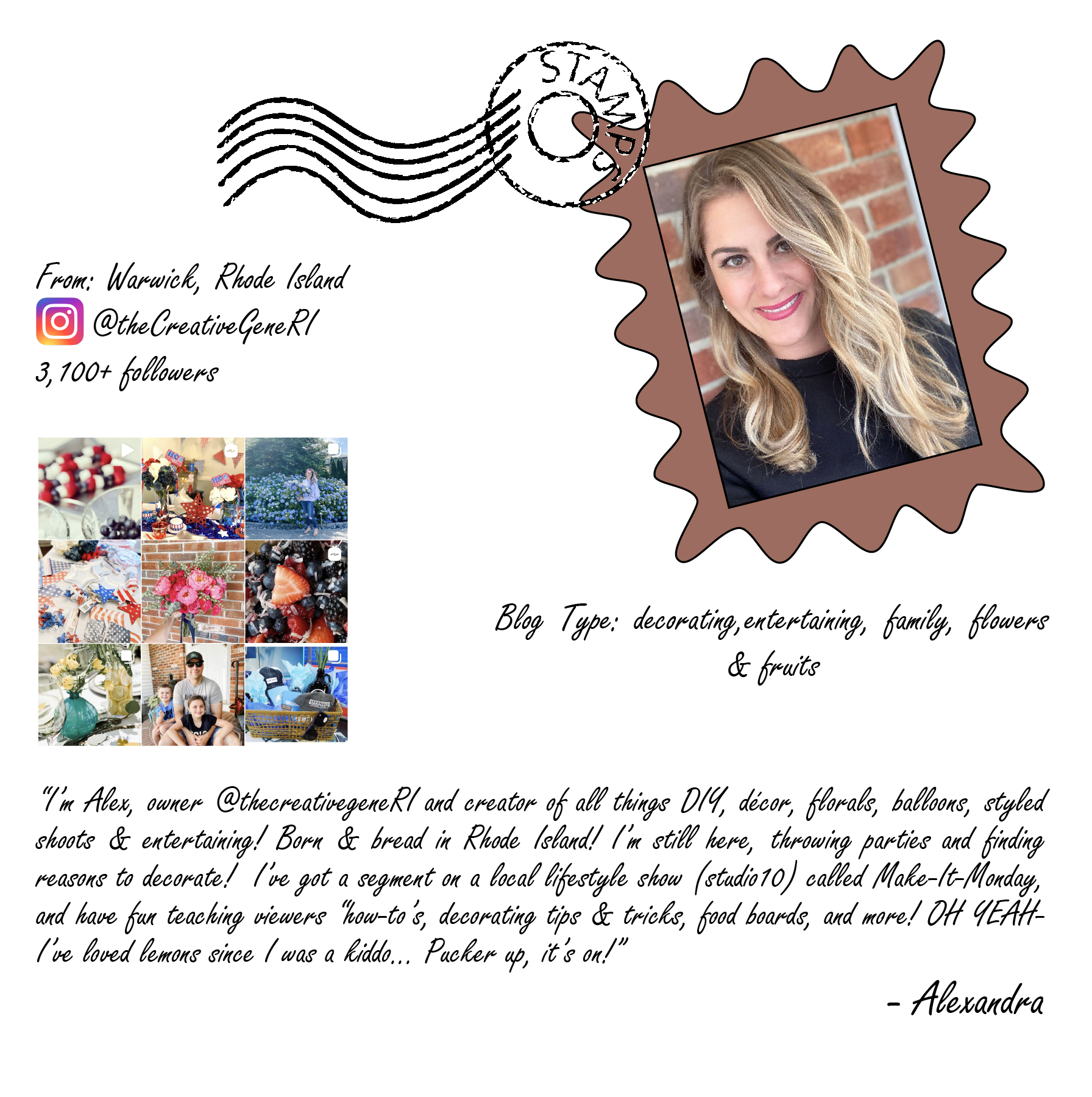Orange peel or zest – the orange colored part, and not the white pith – is loaded with nutrients, good for you bioflavonoids and antioxidants. But, we usually throw it away.
Here’s a look at why you shouldn’t.
Orange peel – the facts
While it’s been used by many cultures in both cuisine and traditional medicines for generations, science has only started to delve into the possibilities of citrus fruits and their potential – including orange pel. This is what we do know.
- 1 tablespoon of orange zest gives you 14% of your daily vitamin C requirement;
- That’s almost 3X more than the same amount of fruit;
- There is also 4X more fiber in the peel than in the flesh.
The peel also contains provitamin A, folate, riboflavin, thiamine, vitamin B6, and calcium, along with polyphenols hesperidin and polymethoxyflavones, which have shown promising health benefits in studies.
The peel incorporates the essential oils of the orange, including limonene, another compound that is currently under study for its potential anti-inflammatory and anti-cancer properties.
Yet, handling orange “waste” is a problem in many parts of the world where they grow.
Printing snacks from orange peel waste
Researchers in Singapore presented a paper in September 2022 that looked at a novel way to make use of this rich – and vastly under-used – resource.
Orange peel waste, or OPW in the report, is recognized as “a rich source of vitamins and nutrients”. That’s what makes it a difficult type of waste to dispose of. As the report notes, OPW is produced by the millions of tons, in many places across the globe. In landfills, organic waste creates methane gas.
But, why dispose of it at all?
The researchers combined recent advances in 3D printing tech that allow for food production. They looked to create nutritious snacks with the orange waste, using a number of advanced techniques such as direct ink writing.
It’s a development with exciting potential. As the report notes, “[…] this study provided an example of a feasible method to upcycle food waste into high value food products…” They point out that it has the potential to address food sustainability.
Everyday flavor enhancer
Orange, lemon and other citrus zest is both an excellent way to add to the nutritional punch of your meals, but to their flavor profile too. Orange zest makes a delicious addition to:
- Salads and salad dressings;
- Oatmeal and yogourt;
- Virtually any baked goods;
- Marinades and seasoning rubs;
- And much more.
Creative thinking will let you make the most out of oranges and other citrus fruits, and reduce waste.



